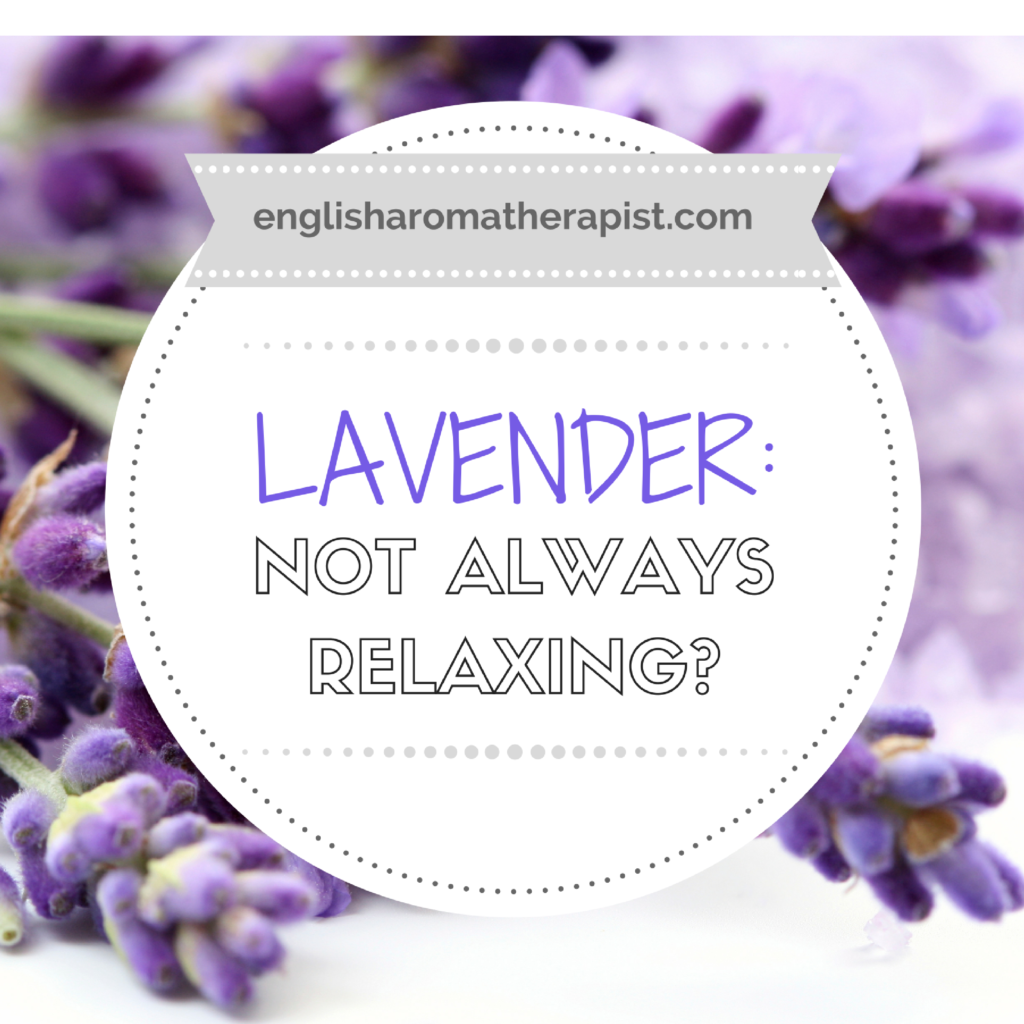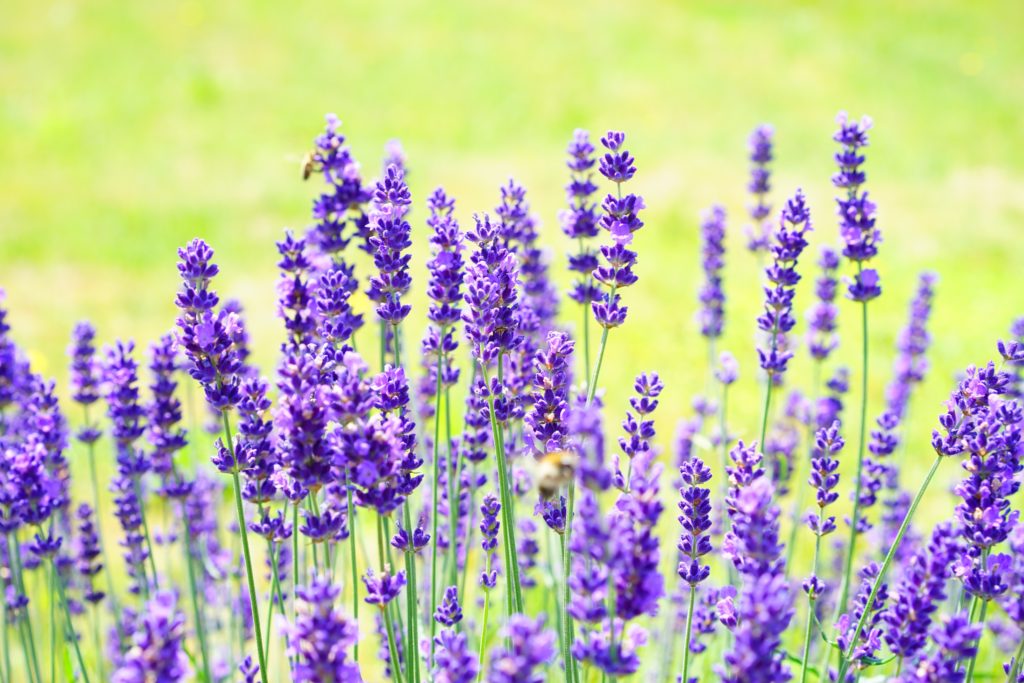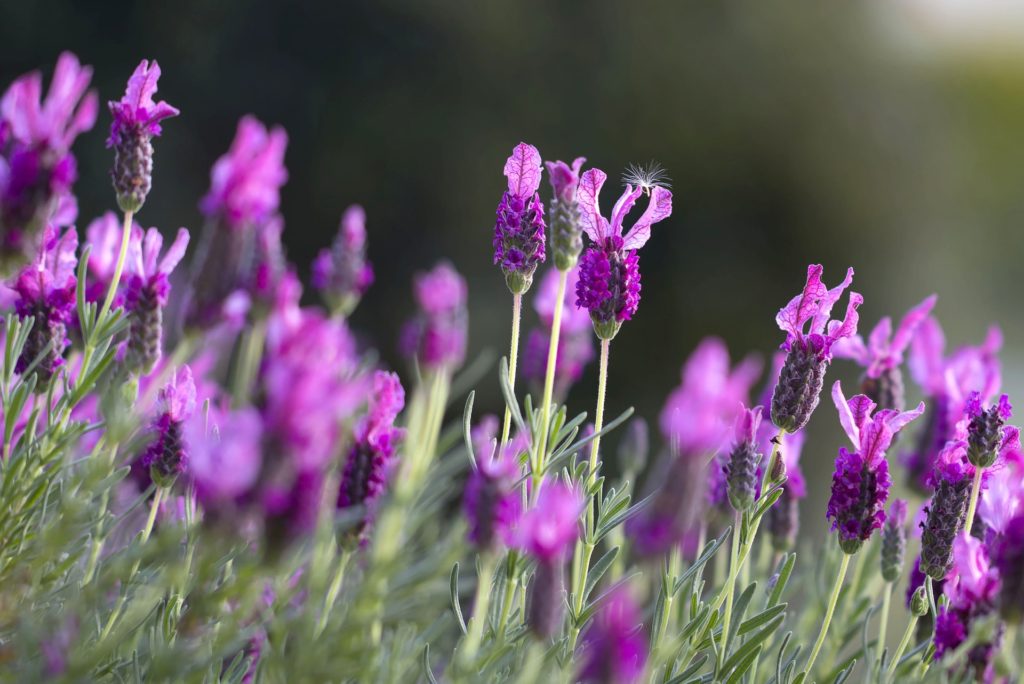Lavender: Not always relaxing?

Think of a relaxing aromatherapy oil.
Are you thinking about lavender?
If there’s one essential oil that most people are familiar with, it’s lavender. One of the most popular and commonly used scents, lavender is the go-to oil for most aromatherapists. From burns to back ache, lavender is amazingly versatile. Its familiar scent mingles well with other essential oils, making it a useful choice for most aromatherapy blends.
Lavender essential oil is easily available, and you’ll often see it stocked in supermarkets and small shops. We’re accustomed to seeing it recommended as a natural cure for insomnia and stress, but did you know that lavender is not always relaxing?
Paradoxically, although lavender is generally a relaxing essential oil, it can actually become a stimulant if too much is used. Remember the golden rule: less is more. If you’re trying to get to sleep, 1-2 drops of lavender is all that’s required.
“Lavender oil taken in small quantity is sedative but when taken in larger quantity, becomes a stimulant” (The Fragrant Mind (1995) Valerie Ann Worwood)

Is it really lavender?
This is where the importance of using Latin names comes into effect. Contrary to popular belief, there is not just one type of lavender oil. In aromatherapy, when we talk about lavender we usually mean Lavandula angustifolia, which is commonly known as ‘True lavender’ or ‘English lavender’. Occasionally, it’s still referred to as Lavandula officinalis, as it was previously known.
Some ‘lavender’ essential oils are actually Lavandula latifolia, which is spike lavender – a completely different plant. Surprisingly, there is a considerable difference between spike lavender and true lavender.
Although similar, the scent of spike lavender is more camphorous and considered to provide more of an energising and stimulating effect. For this reason, spike lavender is not recommended for people with epilepsy or at risk of seizures. There are anecdotal reports of spike lavender causing sufferers of ADHD to feel restless – in fact, this article suggests any type of lavender is perhaps best avoided by children with epilepsy and/or ADHD.
Is Lavandin the same as Lavender?
Some people make the mistake of thinking lavandin is just the Latin name for lavender. It’s not the same thing!
Some bottles that are labelled ‘lavender essential oil’ are actually lavandin, or Lavandula x intermedia by its Latin name. This is a hybrid created from Lavandula angustifolia (true lavender) and Lavandula latifolia (spike lavender). Lavandin is cheaper to produce than true lavender, with a more medicinal aroma that is often disliked – in fact, many people believe they don’t like the smell of lavender purely on this basis. In some cases, they might have never smelled real lavender, only lavandin. Sometimes the cheaper lavandin oil is used as a base and mixed with synthetic chemicals to create more of a ‘true lavender’ scent.

Rather than being viewed as an alternative to true lavender, lavandin should be considered on its own merit as a separate essential oil. While its scent may not be particularly relaxing, it can be useful for treating joint pain and respiratory conditions. Unlike true lavender, lavandin should not be used on burns – its camphorous nature can actually make them worse. As this article points out, one benefit of buying a bottle of lavandin oil is that you know what you’re getting – unlike many bottles of so-called ‘lavender’ oil that could actually be synthetic or adulterated.
Once again, this proves the importance of buying good quality essential oils from a reputable aromatherapy supplier. Experts have analysed cheap essential oils and found they often don’t contain what is stated on the label. Always look for a brand that states the Latin name and details about the country of origin. Avoid anything that appears to be vague or generic, such as ‘lavender oil’ – or worse, ‘lavender fragrance oil’.
What to read next: Wintergreen Oil – Safe or Toxic?
Follow me on...
Share this on...
